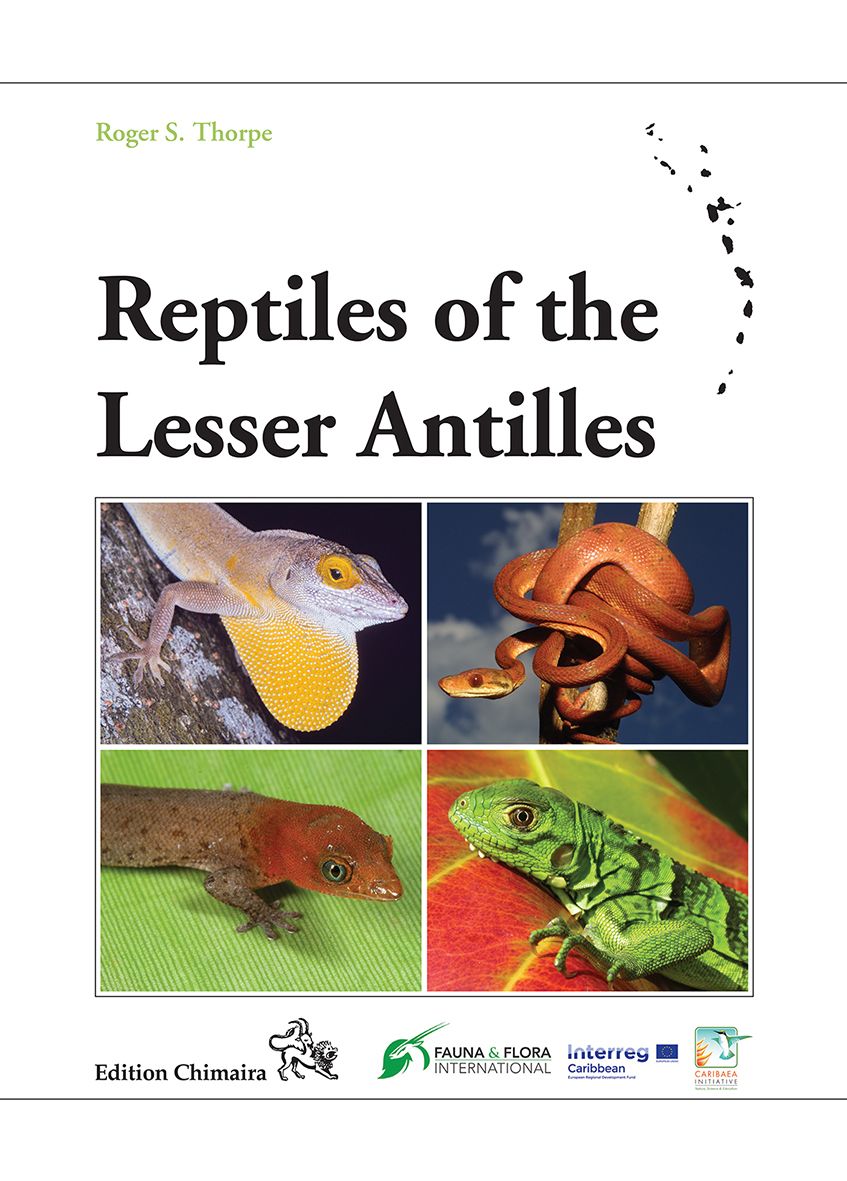The purpose of this work and its contents is to provide a public and permanent scientific record.
~ Jeff Murray & Michael SainaA Hearty Book Recommendation
We are very pleased to announce we both have our copy of the book, Boas of the West Indies, in hand. We very much support this as a recommended reading for anyone interested in or wanting to know more about the genus’ Chilabothrus, Boa and Corallus of the West Indies.
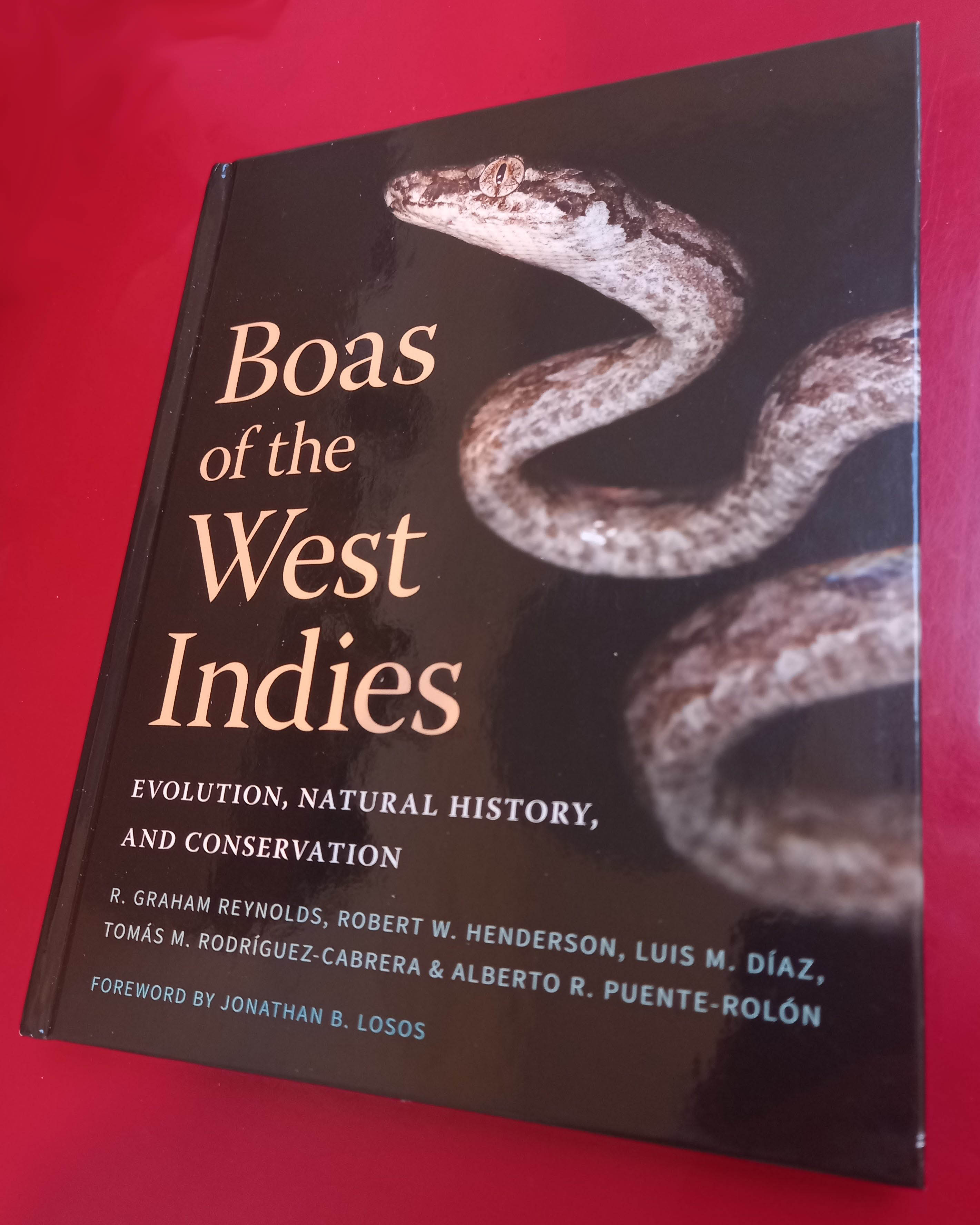
It’s a great pleasure to read this combined and condensed view on West Indian boas. We are grateful to find the authors cite us a source on page 233 of their book at the very end. But what’s to say, the best comes always last. They did, however, neglect to provide the address of our website for those who are unfamiliar with us and our work. Since you are reading this, it’s all good 🙂
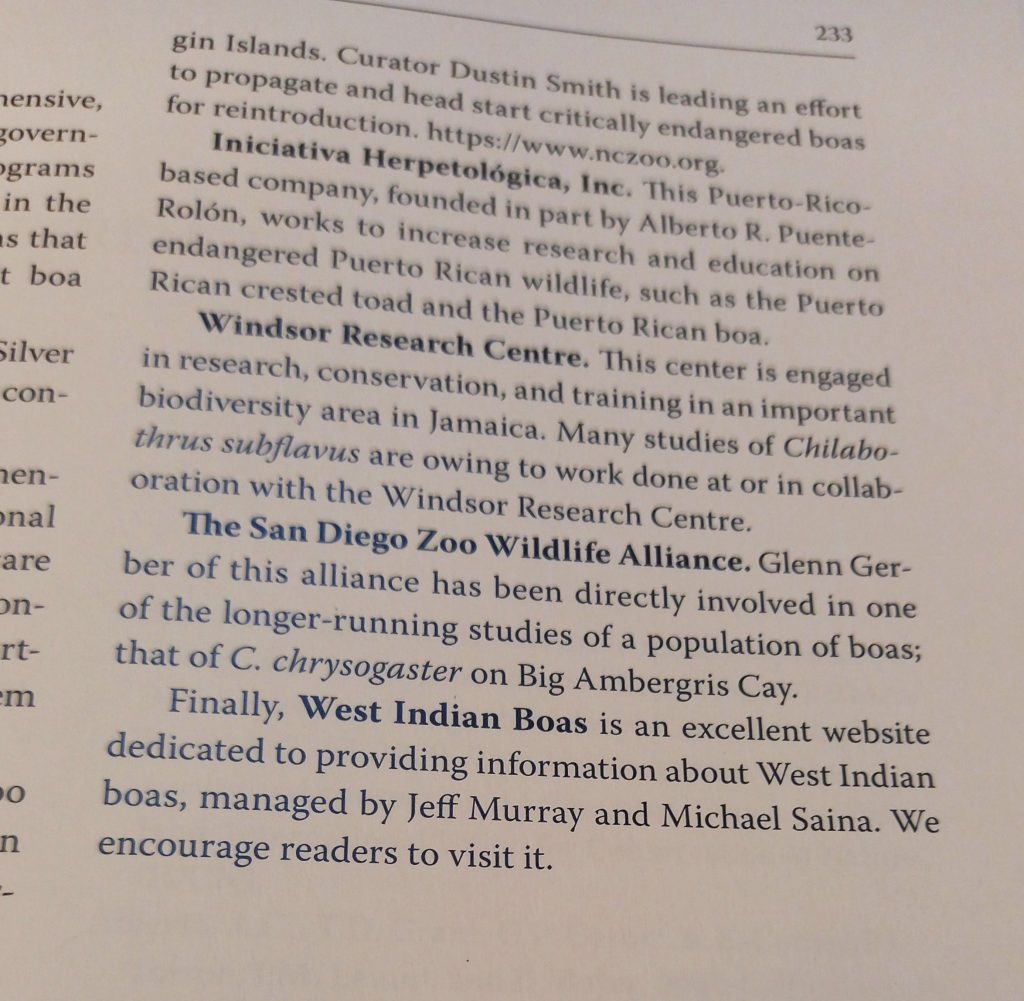
We are appreciative of the authors for the honorable mention. Thank you! Again, we strongly recommend our users (as we have done before) get this book.
Before it is too late – Boas (not yet) extinct in the wild
The advent of man brought many species to extinction. Ironically, today some of the most endangered animal and plant species don’t live in nature, but rather in zoos, aquariums and botanical gardens. A review published on February 24, 2023 in the Magazine Science compared the species holdings of zoos, aquariums and botanical gardens with data from the IUCN red list. The researchers found that 84 species exist only under human care but are extinct in the wild (EW) .
Many factors contribute to the extinction Continue reading Before it is too late – Boas (not yet) extinct in the wild
Study on the Cuban boa reveals deep genetic diversity
Some time ago, Ivan Rehák from the Zoo Prague informed us about a new genetic study on the Cuban boa Chilabothrus angulifer that he co-authored . We are very thankful for this and appreciate the study. We are deeply sorry for not covering it earlier.
The team of researchers addressed the question whether the Cuban boa is in fact a species complex. They analyzed the mitochondrial haplotype structure of the European ex situ population of Cuban boas. The results revealed a high degree of diversity. 96 specimens were sequenced and 25 distinct haplotypes detected.
The results further indicated a deep divergence among three principal haplogroups, with bayesian estimates of the divergence time equal to 3.57 and 2.26 Mya respectively.
Rehák and colleagues consider this divergence as an argument for diverse evolutionary lines whose distance corresponds to or is greater than among some other – taxonomically recognized – species of the genus.
Whether these lines represent whole species or subspecies needs to be tested by further in depth studies with genetic material collected from different locations in cuba.
To read the study please click here
Citations
The Puerto Rican Boa, Chilabothrus inornatus downgraded from CITES App I to App II
On 12 January, 2023 the CITES Secretariat posted a Notification to the Parties announcing amendments to CITES Appendices I and II. That announcement (No. 2023/005) can be found here.
In a NOTICE TO THE WILDLIFE IMPORT/EXPORT COMMUNITY from the USFWS, Conference of the Parties (CoP19) Amendments to Appendices I and II are effective 90 days after the last day of the CoP. This rule change will take effect 23 February, 2023. The USFWS Notice can be found in its entirety here.
Species Transferred from Appendix I to Appendix II:
— Chilabothrus inornatus (Puerto Rican boa) (NOTE: Listed as Endangered under the ESA)
Given how vague the USFWS Bulletin was, we asked the USFWS the following questions on 16 January, 2023:
1- After the 90 day wait period (23 Feb, 2023) does the Puerto Rican boa (Chilabothrus inornatus) remain on the ESA?
2-Does it remain on the ESA as Endangered?
3-Can it be imported and exported outside of the CONUS (Continental US)?
4-Can it now be transported across state lines without permit (other than breeding loans/gifting)?
5-Can out-of-state sales take place?
“The CITES reclassification does not affect the ESA listing in any way. U.S. trade with the species would still need to meet the ESA Import/ Export Requirements. The CITES listing only affects international trade so there are no changes to its interstate movement or sale at this time.”
A new Tropidophis is described from the Dominican Republic
The new Tropidophis is to be named Tropidophis leonae sp. nov., the Jaragua Golden Trope, after Dominican biologist Yolanda M. Leon, a conservation advocate who logistically supported the project. The work was accomplished by Miguel A. Landestoy T. in a single author paper – Bravo! . The author is also the discoverer of Chilabothrus ampelophis (see: ).
This new species is smaller and laterally compressed when compared to the only other Trope on the large island, Tropidophis haetianus. It has a higher ventral count, differs in head width, neck width, color and pattern.
The Trope was found preying on tadpoles and small toadlets in several inches of water in a limestone hole. It is found only from the karst foothills near Pedernales Province. This brings the number of Tropidophis to 35, with six of them living on the mainland. There is so much work to be done with this genus. Who will take up the monumental challenge?
The new paper can be found here.
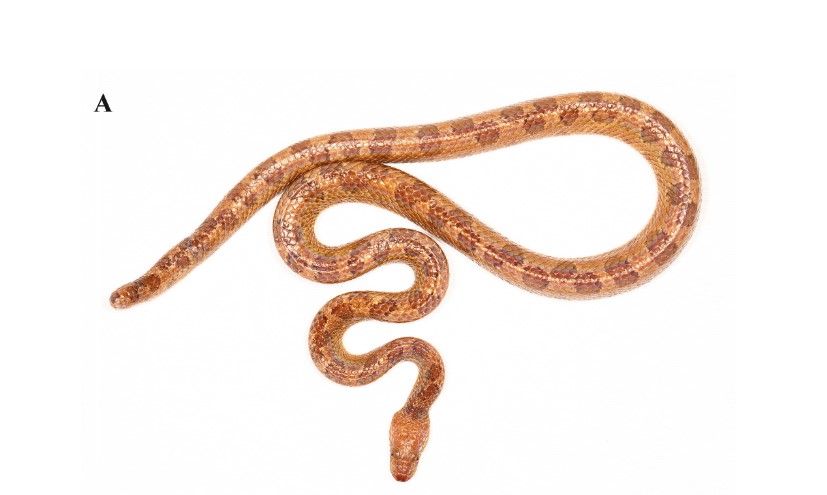
Citations
A new species of dwarf boa, Tropidophis cacuangoae sp. nov., from the Upper Amazon Basin
This new Tropidophis species was found while examining a series of snakes from the Andes of Ecuador. The new species is tentatively placed as a sister-clade to Tropdophis taczanowskyi. More research is needed as the sequences for the mainland species are absent in the database. “Cacuangoae” is Latinized in honor of human rights Ecuadoran activist Dolores Cacuango.
This new Trope brings the number of valid species to 34, with six of those found on the mainland. On the mainland, the Tropes are evenly divided with three on the Atlantic highland forest range of eastern Brazil and three on the West side of the continent in montane tropical forests of Ecuador and Peru; yet east of the Andes. It is interesting all are found at higher and cooler elevations.
This paper highlights the need for more work on the Genus-there is little to no sequencing available for the genus in its entirety. That work would clarify some species validity issues, allow candidate species to be described, invalidate others and, most likely, raise a whole new littany of questions about the genus .
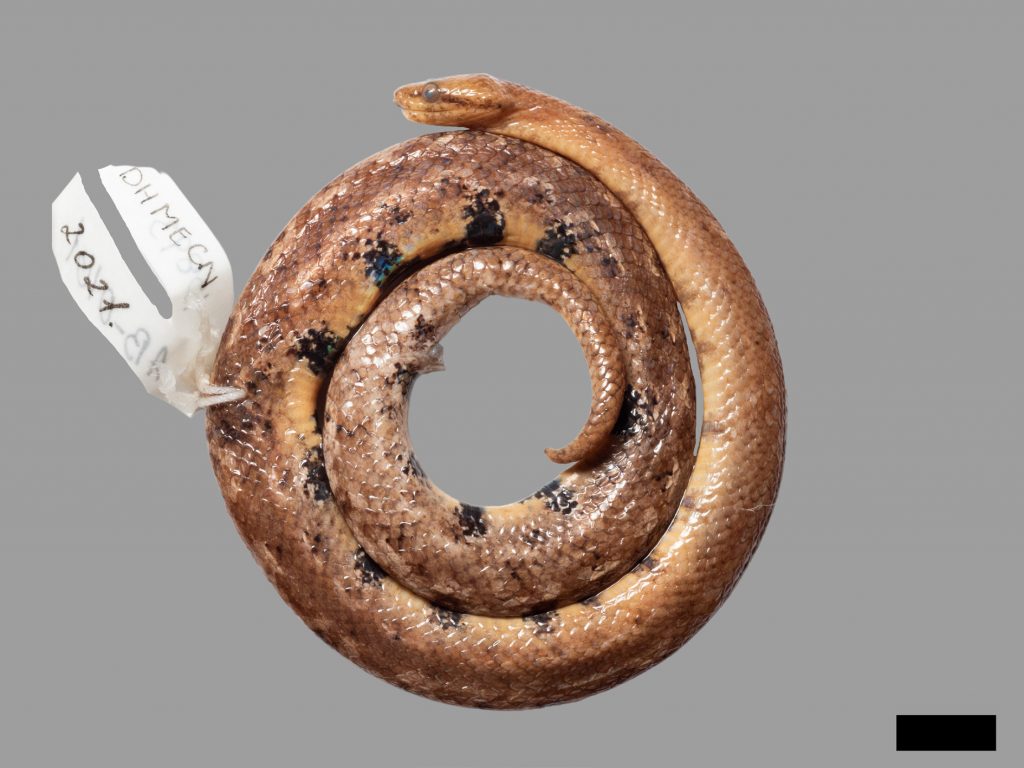
Read the new paper published in the European Journal of Taxonomy 854: 1-107 (2022) here.
Citations
Three West Indian Corallus species produced in 2022
This season was a productive one for C. ruschenbergerii, C. cookii and C. grenadensis. The first species to reproduce was C. grenadensis, with two litters of seven and three neonates, respectively. The litters were born on 21 October and 24 October, 2022. The average weight of a neonate was 6.28 grams; by far the smallest neonates of the genus Corallus.
The second species reproduced this year was C. cookii, with a litter of eight nenates born 30 November 2022. The average weight of a neonate was 7.35 grams, the second smallest of the genus.
The third species to be reproduced this season was C. ruschenbergerii, consisting of a litter of six live and six stillborn. The average weight of a neonate was 21.45 grams, making them the third largest neonates of the genus.
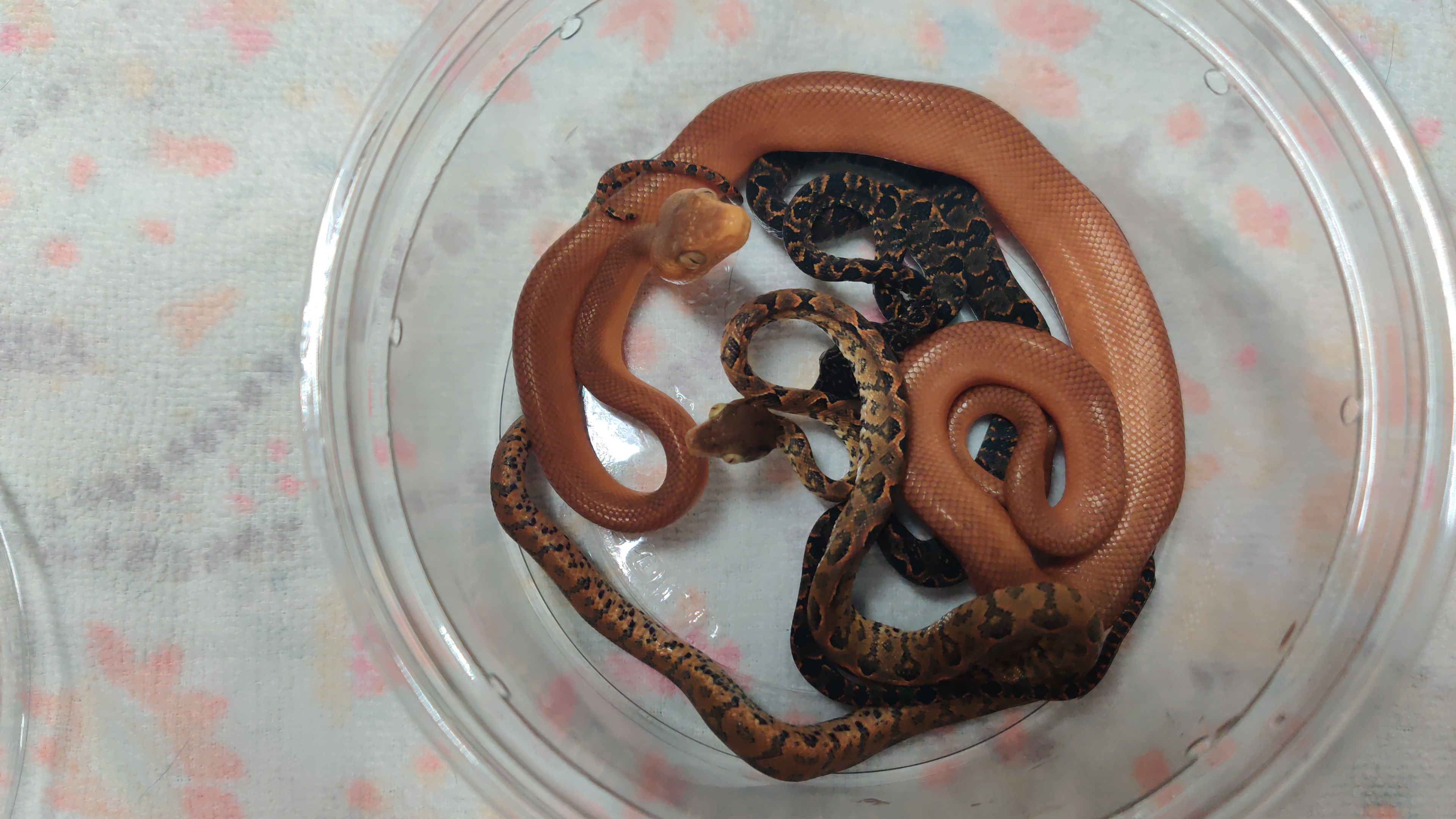
Pre-order available for “Boas of the West Indies: Evolution, Natural History, and Conservation”
By R. Graham Reynolds, Robert W. Henderson, Luis M. Diaz, Tomas M. Rodriguez-Cabrera and Alberto R. Puente-Rolon. Forward by Jonathan B. Losos. Hardcover $59.95
ISBN13: 9781501765452
ISBN10: 1501765450
Publication date: 03/15/2023
Pages: 288
Illustrations: 122 color photos, 21 maps, 3 charts, 2 graphs
Dimensions: 8 x 10 x 0 in
Pre-order here:
https://www.cornellpress.cornell.edu/book/9781501765452/boas-of-the-west-indies/#bookTabs=4
EAZA Reptile TAG attendance
The European Association of Zoos and Aquariums (EAZA) is one of the leading Zoo Associations of the world. According to it’s website, EAZA’s mission is to facilitate cooperation within the European zoo and aquarium community towards the goals of education, research and conservation.
We were invited by Michel Ansermet (Director of the Aquatis Lausanne, Switzerland) and Guido Westhoff (Head Curator, Tierpark Hagenbeck, Hamburg, Germany), to give a short talk about our conservation initiative during the EAZA Reptile & Amphibian TAG meeting (held from March 7th to March 11th). This meeting was a great honor to take part in and it was amazing to hear about zoo reptile keeping successes as well as the challenges the professional community faces.
It was especially interesting to see so many research and conservation projects – many of them very successful – performed in various reptile species. From the the implementation of IUCN’s “One Plan Approach” in South East Asia to protect turtles to the assisted reproduction of Orlitia borneensis in the Gdansk Zoo. From Investigating movement, distribution, abundance and diet of the Salt Water crocodile in Australia to the Orinoco crocodile repatriation in Venezuela. From novel insights of wild living Varanus salvadorii to a conservation initiative, The Kimboza Forest Gecko Project. Each of the the talks was highly interesting, scientifically sound and very well crafted.
We had the great honor to give the first talk on the snake session (day four). Our talk was entitled: Before it’s too late – a conservation initiative for West Indian boas. Our aim was/is to encourage zoos to take some species of West Indian boas into their programs, since the West Indies are underrepresented in zoological reptile collections.
After the talk we received very positive feedback and were happy to have made some new contacts. However, none of the institutions present at the meeting vocalized a will to open their collection to West Indian boa herpetofauna. Our collaboration initiative is still open and we welcome any scientifically led zoo to collaborate with us on a non-commercial basis. We hope that conservation initiatives will realize that the conservation of one of the top biodiversity hotspots of the world deserves more attention than it currently receives.
The problem at this point is resource partitioning in zoos. Conservation is currently in need of many helping hands and funds, while zoos have only a limited amount of space and resources. These must be used wisely to have the biggest possible impact. To put it into perspective though, out of 6 studbooks for snakes, two exist for West Indian boa species: Chilabothrus angulifer (EAZA) and Chilabothrus subflavus (AZA). While we are happy about this in general, we remark that both species are much less threatened than many of the Hispaniolan Chilabothrus taxa. Chilabothrus subflavus is bred in increasing numbers in the US and Europe by private breeders and zoos alike. We would very much like to see an increase in the number of species on display in Public and Private zoos.
Here is our shout out: Every zoo that displays a Burmese python or a Green Anaconda, think about replacing it with several West Indian boa species. Every corn snake can be replaced by a small West Indian boa, every Boa constrictor can be replaced by a Boa orophias or B. nebulosa, etc. This would have a tremendous impact on the visibility of this fragile ecosystem, which it sorely needs.
Citations
Pre-order the New Book “Reptiles of the Lesser Antilles”
There is a 30 euro discount for pre-ordering the book. It is in A5 format: 900 images on 608 pages. Pre-order cost is 98 euros direct from Chimaira at the link below.
